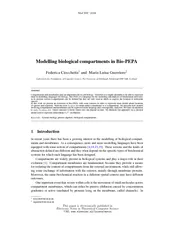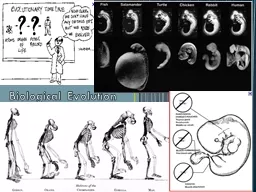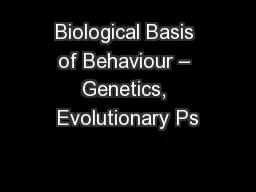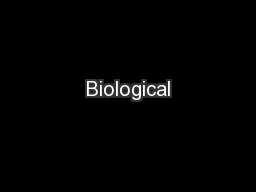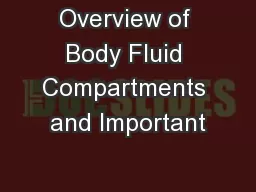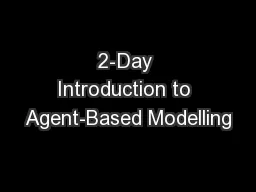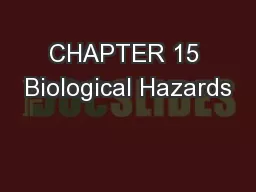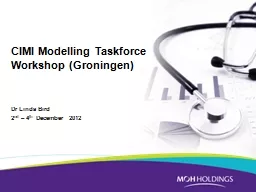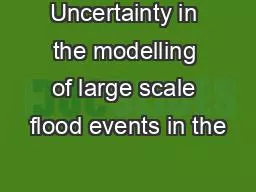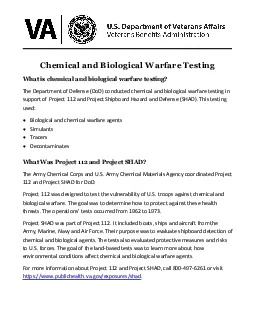PDF-MeCBIC Modelling biological compartments in BioPEPA Fe
Author : giovanna-bartolotta | Published Date : 2015-05-18
Therefore it is highly desirable to be able to represent them in modelling languages for biology BioPEPA is a language for the modelling and analysis of biochemical
Presentation Embed Code
Download Presentation
Download Presentation The PPT/PDF document "MeCBIC Modelling biological compartments..." is the property of its rightful owner. Permission is granted to download and print the materials on this website for personal, non-commercial use only, and to display it on your personal computer provided you do not modify the materials and that you retain all copyright notices contained in the materials. By downloading content from our website, you accept the terms of this agreement.
MeCBIC Modelling biological compartments in BioPEPA Fe: Transcript
Download Rules Of Document
"MeCBIC Modelling biological compartments in BioPEPA Fe"The content belongs to its owner. You may download and print it for personal use, without modification, and keep all copyright notices. By downloading, you agree to these terms.
Related Documents

